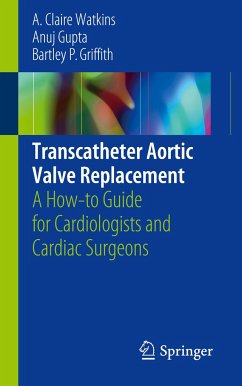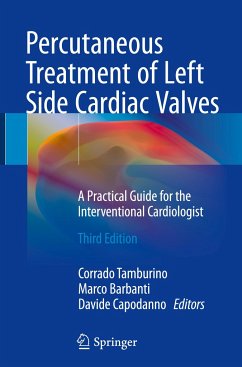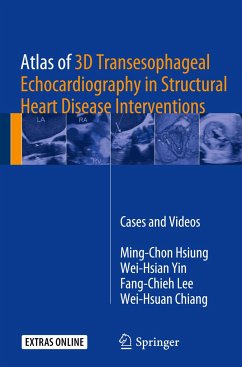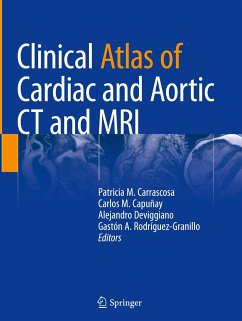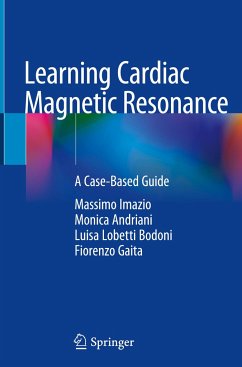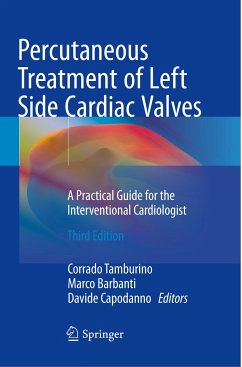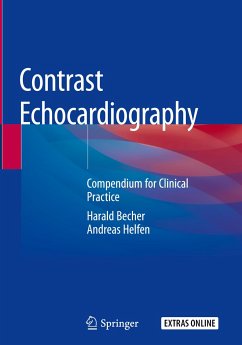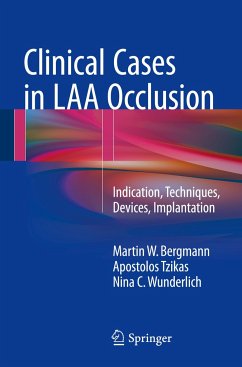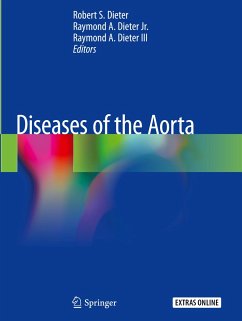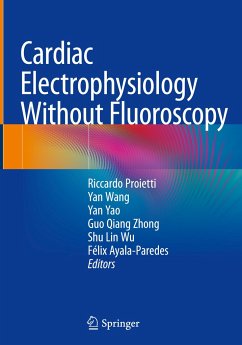
Transcatheter Aortic Valve Implantation
Clinical, Interventional and Surgical Perspectives
Herausgegeben: Giordano, Arturo; Biondi-Zoccai, Giuseppe; Frati, Giacomo

PAYBACK Punkte
58 °P sammeln!
This book provides comprehensive information on transcatheter aortic valve implantation (TAVI), which was introduced for the treatment of aortic valve disease less than two decades ago. It explains how TAVI has delivered satisfactory results even in high and intermediate risk patients and outlines how it continues to evolve, thus requiring awareness of state of the art approaches to indication, risk stratification, device choice, procedure, and follow-up. In addition, it reports on the complex and multidisciplinary approach needed to maximize the efficacy, safety, and appropriateness of TAVI, ...
This book provides comprehensive information on transcatheter aortic valve implantation (TAVI), which was introduced for the treatment of aortic valve disease less than two decades ago. It explains how TAVI has delivered satisfactory results even in high and intermediate risk patients and outlines how it continues to evolve, thus requiring awareness of state of the art approaches to indication, risk stratification, device choice, procedure, and follow-up. In addition, it reports on the complex and multidisciplinary approach needed to maximize the efficacy, safety, and appropriateness of TAVI, providing detailed clinical, interventional and surgical perspectives focusing on the development of this cardiovascular intervention.
Starting with the history of TAVI, addressing the interventional anatomy of aortic valve disease, and reporting on the expert authors' day-to-day experiences, this highly informative book offers an essential update for all cardiologists and surgeons interested in transcatheter aortic valve implantation, as well as any clinician, decision-maker and stakeholder involved in patient selection, procedural management, and follow-up.
Starting with the history of TAVI, addressing the interventional anatomy of aortic valve disease, and reporting on the expert authors' day-to-day experiences, this highly informative book offers an essential update for all cardiologists and surgeons interested in transcatheter aortic valve implantation, as well as any clinician, decision-maker and stakeholder involved in patient selection, procedural management, and follow-up.



